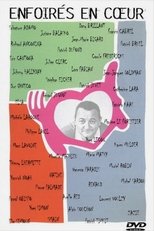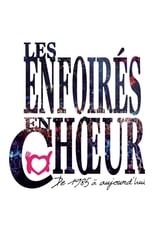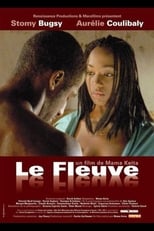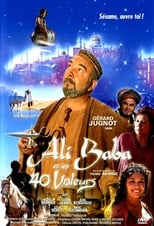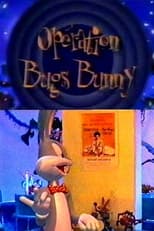Doc Gynéco
¿Quién es Doc Gynéco?
Born in Clichy-sous-Bois, France on May 10, 1974, Beausir's mother was of Guadeloupean origin and his father white. In 1990, he moved with his family to Paris, to Porte de la Chapelle, a district to which he would often pay homage in his songs.
Doc Gynéco launched his career at age 19, writing a few tracks for the hardcore rap group Ministère AMER. After this rap group parted, Virgin Records signed him with the intent of converting his demos into an album in Paris. This project partially fell through; Doc Gynéco then traveled to Los Angeles to work with American producer Ken Kessie. The result of this work would be Première Consultation, released in April 1996, which received large media praise and huge success both in France and the world. Singles from the album include "Est-ce que ça le fait?", "Viens voir le docteur", "Dans Ma Rue", "Passements de Jambes", and "Né Ici". In France, the album will sell more than 1 million copies.
Two years later on December 1, 1998, his second album, Liaisons Dangereuses, was released. Although the main single "C'est Beau La Vie" was a flop, the album still sold reasonably well. Later in a radio interview, Doc Gyneco admitted that he regretted the collaboration he had with politician Bernard Tapie, saying «Je vous le répète, parfois je me goure» ("I'm telling again, sometimes I slip up") .
In the spring of 2001, Doc Gynéco's third album Quality Street was released. Guest stars on the album included the Wu-Tang Clan and Gregory Isaac. The album's first single, "Caramel", met little success, although it was also included on Putamayo Grooves, a compilation album.
Doc Gynéco's fourth album Solitaire was released in August 2002. It proved to be popular. Doc Gynéco received the "Victoires de la Musique" award for Best Hip-hop/Rap Album of the Year. Singles included "Funky Maxime", "Frotti Frotta", and "Flash".
'Menu Best-of', a collection of his hit singles since the beginning of his career was released in 2004. During 2006 the album Homme Nature was released.
After a musical break, he made a comeback in 2016 with a re-release of his first album, Première consultation, to celebrate the 20th anniversary of the album's release. In 2018, he released his seventh solo album, 1.000%.
After the release of his first album, his sexual and provocative lyrics provoked discussion and criticism. However, the album sold 800,000 copies and Doc Gynéco became part of the popularising rap movement of the 1990s. His music, a mix of ragga and rap, addresses controversial subjects like drugs, sex, women, racism, and poverty. For example, one of his biggest hit at the time was “Nirvana,” a pessimistic song in which he promotes the use of drugs: “Je veux me droguer aux aspirines façon Marilyn” (‘I wanna pop pills like Marilyn’). In this song he explains how damaged life is in our society and how it pushes him to use drugs and, eventually to commit suicide: “Je veux atteindre le Nirvana” (‘I want to reach Nirvana”). ...
Source: Article "Doc Gynéco" from Wikipedia in English, licensed under CC-BY-SA 3.0.
Trabajos destacados
Géneros más habituales en las películas de Doc Gynéco
Géneros más habituales en las series de Doc Gynéco
Compañeros de trabajo recientes de Doc Gynéco
Las imágenes y retratos de actores y actrices mostrados en este sitio web son obtenidos de la base de datos pública de The Movie Database (TMDb), utilizada bajo los términos y condiciones de dicha plataforma. En caso de que alguna imagen o fotografía sea incorrecta, ofensiva, o pueda infringir derechos de imagen o copyright, puede ser editada o eliminada directamente en TMDb. Esto provocará su eliminación automática en este sitio web. Adicionalmente, si usted desea solicitar la eliminación de una imagen directamente en nuestro sitio web, puede utilizar el formulario de contacto ubicado al pie de la página. Atenderemos su solicitud de manera expedita y tomaremos las medidas necesarias para garantizar el cumplimiento de los derechos aplicables.
The images and portraits of actors and actresses displayed on this website are sourced from the public database The Movie Database (TMDb), used in accordance with its terms and conditions. If any image or photograph is incorrect, offensive, or may infringe image rights or copyright, it can be edited or removed directly on TMDb. This will automatically result in its removal from this website. Additionally, if you wish to request the removal of an image directly from our website, you may use the contact form located at the bottom of the page. We will promptly address your request and take the necessary measures to ensure compliance with applicable rights.



